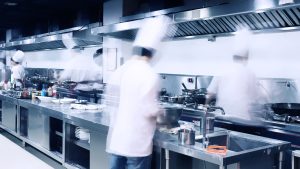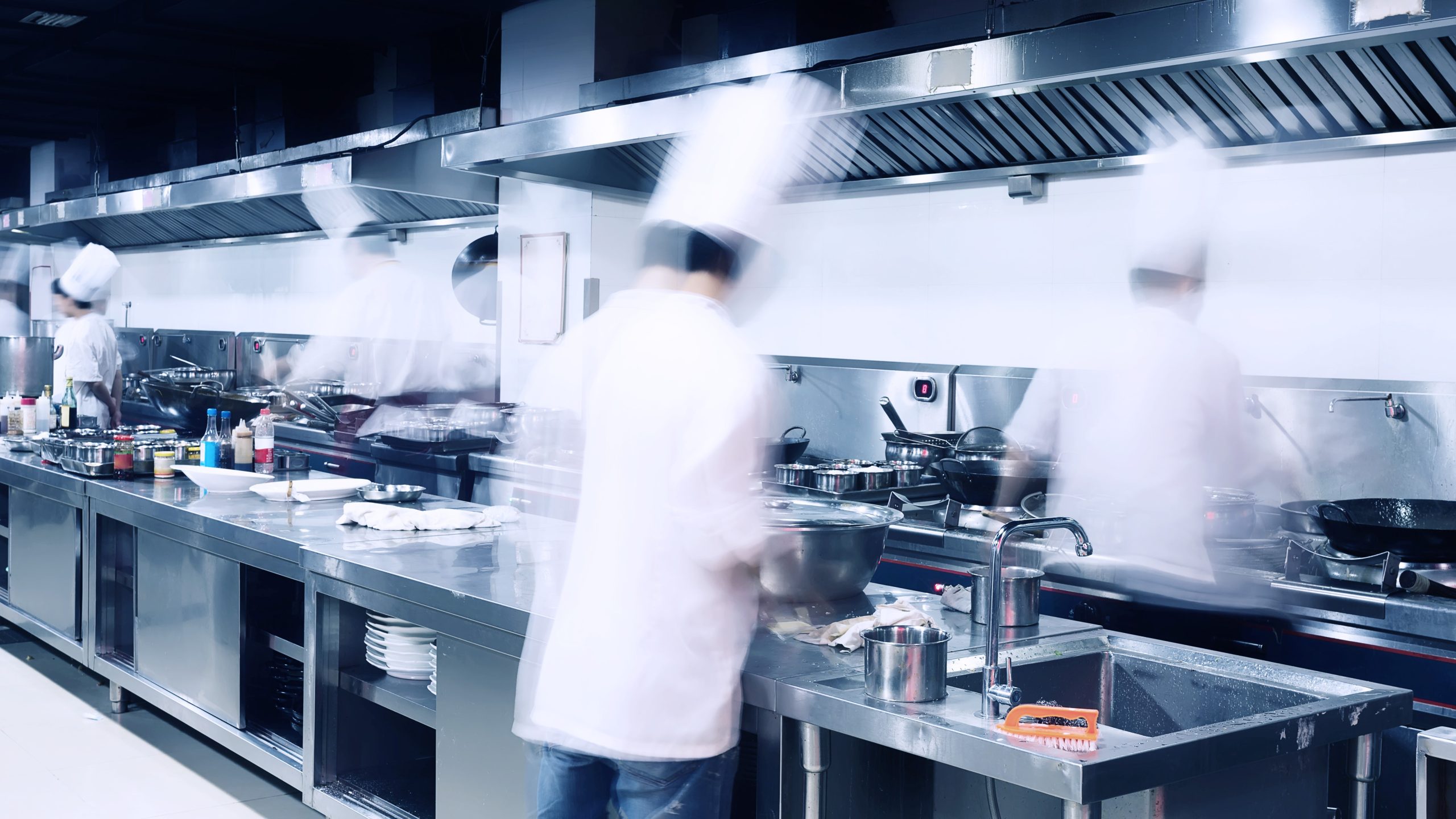
Controlling utility expenses, like electricity and gas, is similar to controlling food and labor costs, both involving monitoring usage, identifying areas for improvement, and implementing cost-saving measures. Just like with food and labor, it’s important to regularly review utility bills and usage patterns to identify areas where expenses can be reduced. This can include implementing energy-efficient practices, negotiating better rates with utility providers, and using technology to monitor usage in real time. Additionally, just like with food and labor, it’s essential to set and track goals for reducing utility expenses and to continuously monitor progress, making adjustments as needed to ensure cost-saving measures are effective.
In a restaurant, electricity usage can vary depending on the time of day and the busyness of the restaurant. During peak hours, like dinner time, the restaurant is busiest and most appliances and equipment are in use, making the restaurant’s electric usage at its highest. This is known as “peak demand.” Just like a rush hour in a restaurant, more orders are coming in and more meals are being prepared, so more electricity is required for the kitchen equipment and appliances to function. This increased demand for electricity can make the restaurant’s electric bill more expensive, so to control this, restaurant owners can implement energy-efficient practices, schedule regular maintenance on equipment and appliances, and monitor usage in real time to optimize energy consumption. In this way, they can reduce the peak demand and lower the electricity expenses without reducing the restaurant’s food quality and speed of service.
Here’s an example of how peak demand charges can affect the electricity expenses of a restaurant:
First off, kWh and kW are units of measurement for electricity usage.
A kilowatt-hour (kWh) is a measure of energy usage over time. It’s the amount of energy used by a 1,000-watt (1 kW) appliance running for one hour. So, for example, if a restaurant uses a 1,000-watt refrigerator for one hour, it will have used 1 kWh of electricity, just like measuring the amount of water used in a shower or the number of miles driven in a car.
On the other hand, a kilowatt (kW) is a measure of power, a rate of energy usage at a specific moment in time. It’s the amount of energy used by a 1,000-watt (1 kW) appliance at any given moment. For example, a restaurant with ten 100-watt light bulbs running simultaneously uses 1 kW of electricity, similar to measuring the flow rate of water in a shower or the speed of a car.
As a restaurant owner, it’s important to understand the difference between the two units of measurement because they can affect the cost of electricity differently. For peak demand charges, they are often based on the highest amount of power (kW) used at a specific moment in time.
So, let’s say a restaurant has a peak demand of 50 kW and is charged a demand rate of $10 per kW over that threshold. If the restaurant’s peak demand for the month was 60 kW, they would be charged an additional $10 x (60-50) = $100 for that month’s electricity.
Another example is a restaurant using a Time-of-Use rate plan during peak hours (from 12 p.m.―6 p.m.), where the rate is $0.25 per kW; during off-peak hours, the rate is $0.15 per kW. If the restaurant consumed 1000 kW during peak hours and 2000 kW during off-peak hours, the total cost for electricity will be (1000 x $0.25) + (2000 x $0.15) = $250 + $300 = $550.
It’s important to note that these are rough estimates, and actual rates and costs per kW will vary depending on the location and provider. It’s always recommended to check with the local utility provider for the specific rates and charges for your area.
But as you can see, peak demand charges can significantly increase a restaurant’s electricity expenses. It’s important for restaurant owners to understand their usage patterns and take steps to reduce peak demand, such as implementing energy-efficient practices and monitoring usage in real time.




